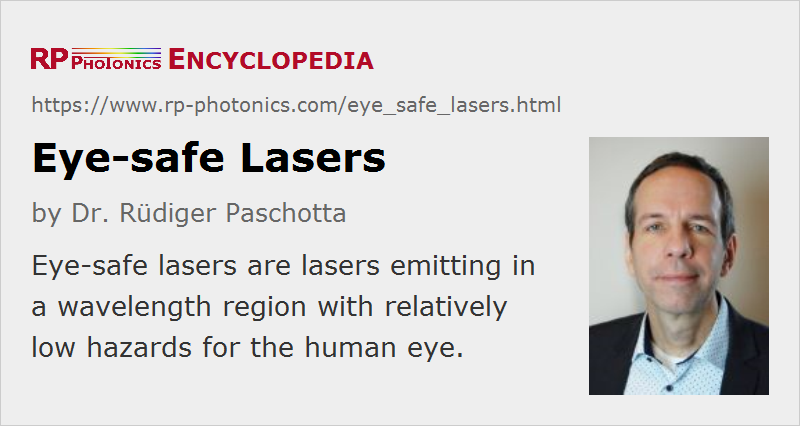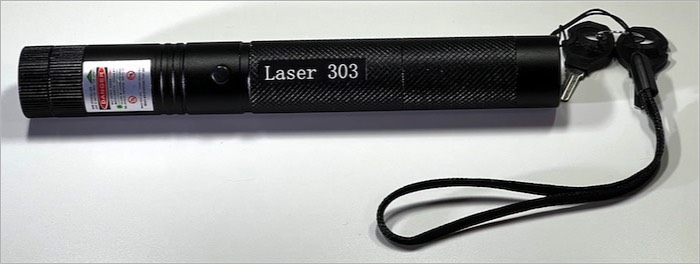Great Ideas On Deciding On A Safe Laser Therapy
Wiki Article
What Is Low-Level Safe Laser Therapy (Lllt) Can Help You With Dental Problems?
Safe Laser low level laser therapy can be used to treat a variety of dental problems. LLLT is beneficial in treating dental problems such as periodontitis or gingivitis. It can reduce the inflammation of gums and improve the health of gums.
LLLT can accelerate tissue regeneration. It boosts cell proliferation and metabolism. LLLT can be utilized during dental procedures such as periodontal surgery and oral surgery to improve wound healing and reduce discomfort following surgery.
Pain Relief - LLLT assists in reducing post-operative pain, sensitivity, and discomfort.
Infection LLLT is antimicrobial and can aid in reducing the burden of bacterial infections within the oral cavity. It is used as an adjunctive therapy for treatment of oral infections, such as oral ulcers or peri-implantitis, by promoting bacterial clearance and preventing the spreading of infection.
Treatment of Temporomandibular-Joint (TMJ). LLLT can be used to reduce tension in muscles, inflammation and jaw discomfort. It can also help with clicking and popping sounds and limited movement.
Reduced severity of Oral Mucositis- LLLT has been demonstrated to reduce the severity of oral mucositis, which is a frequent side effect of chemotherapy as well as radiation therapy for cancer patients. It is able to ease discomfort and promote healing of oral mucosal ulcers.
The growth of healthy gingival tissues- LLLT has been demonstrated to stimulate the proliferation of gingival fibroblasts as well as the development of healthy gingival tissue. This can prove beneficial in treating gingival decay as well as for promoting the attachments of gingival to dental implants.
Safe Laser low-level laser therapy is an efficient and non-invasive method to address a variety of dental issues. It can promote faster healing and relief from pain and also improve oral health. However, it's important to speak with a dental professional for an accurate diagnosis and treatment suggestions prior to making use of LLLT to treat dental issues. View the best safe laser 150 for blog recommendations including lágylézer vásárlás, lágy lézer, safe laser használata, lezeres kezeles, orr lézer készülék, lézer kezelés hatása, lágy lézer kezelés, lézer bérlés, lágy lézer, lézeres fájdalomcsillapítás and more.

How Can Safe Laser Low-Level Laser Therapy (Lllt) Aid With Ear Problems?
Low-level laser therapy (LLLT) can assist with many ear-related issues by using a variety of methods: Reduction of Inflammation- LLLT has anti-inflammatory effects, which can help reduce inflammation within the ear canal or middle ear. LLLT helps to reduce swelling and discomfort in certain situations like otitis intermedia (inflammation to the outer ear).
LLLT is effective in relieving discomfort, pain and earaches caused due to Otitis or earaches.
Enhanced Tissue Healing- LLLT stimulates cellular metabolism and proliferation, leading to accelerated tissue repair and regeneration. LLLT aids in faster healing for damaged tissues when conditions arise, such as otitis, ruptures of the eardrum or otitis.
LLLT Improves Blood Circulation LLLT stimulates microcirculation aswell vasodilation. The result is increased blood flow for the ear tissues. Increased blood circulation could help bring oxygen and nutrients to the inflamed or injured tissues, encouraging healing and reducing inflammation.
Tinnitus Management- LLLT is being researched as a possible treatment for Tinnitus. Tinnitus is characterized by ringing and buzzing in the ear. While its exact mechanism is not yet fully understood, LLLT could help improve bloodflow and decrease inflammation in the auditory system, resulting to a reduction in the frequency of tinnitus.
LLLT helps reduce earwax accumulation in the ear canal. It can also help break down the earwax and reduce the risk of infection and ear blockage. This is particularly beneficial for people who have excessive earwax, or experience earwax imposition.
Overall, safe Laser low-level laser therapy provides an effective and non-invasive approach to managing various ear problems, providing relief from symptoms like inflammation, pain, as well as earwax buildup. It is important to consult an ear, nose, and throat (ENT) specialist for proper diagnosis and treatment recommendations before making use of LLLT for ear conditions. Take a look at the most popular lágylézer for website recommendations including lágylézer kezelés árak, lágylézer árak, lágylézer készülék bérlés, lézeres fájdalomcsillapítás, orvosi lágylézer, lezeres kezeles, gyógyító lézer készülékek, lágylézer kezelés árak, safe laser bérlés, lezer kezeles and more.

How Long Will It Take Before A Secure Laser Device Is Activated?
The treatment plan prescribed by a healthcare professional may determine the frequency and quantity of LLLT sessions required to achieve optimal results. Additionally, the treatment protocol recommended by a medical expert may impact the number and frequency of LLLT sessions required to attain the best results.For chronic conditions such as chronic arthritis, pain syndromes or long-standing inflammatory conditions, LLLT typically requires more extended treatment than acute illnesses. Patients suffering from chronic ailments might need to go through an array of LLLT sessions over a longer period to experience significant improvements in symptoms and overall condition.
The number of LLLT sessions required for chronic illnesses may differ according to the person and may be affected by other factors such as
Condition Severity - The severity or chronicity of the illness can impact the amount of LLLT sessions needed for treatment. People with more severe symptoms or who are in a more advanced phase of the illness could require a greater number of sessions.
The individual response to treatment- Some people may react more rapidly to LLLT than others. A person's genetics, general health, as well as personal healing capabilities can influence the way he or she reacts to LLLT.
Treatment Protocol The treatment plan will decide the amount of LLLT sessions as well as their frequency. Healthcare professionals can customize treatment plans to meet the needs of each patient, such as scheduling LLLT sessions at intervals or multiple times per week.
Maintenance Therapy – For chronic diseases, it could be necessary to maintain the benefits of LLLT. This may involve regular LLLT sessions to control symptoms and prevent flare-ups.
Certain patients suffering from chronic illnesses will notice improvements after just a few LLLT treatment sessions. Others may require longer-term treatment to get the most effective results. If you wish to reap the maximum benefits from LLLT then you must follow the plan of treatment recommended by a medical specialist. Furthermore, continuous contact with a healthcare professional is crucial to keep track of the progress and make any adjustments to the treatment plan.